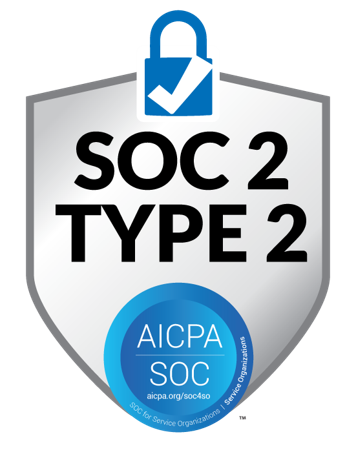Previously featured on AdExchanger
As marketers embrace the new privacy-first reality of data-driven marketing, data clean rooms have risen to prominence. Increasingly, they are becoming an important means of ensuring first-party user data remains secure and private when interacting with advertising partners.
As a tool for helping marketers extract the maximum value from their data in a post-cookie landscape, data clean rooms represent a worthy area of investment. That said, the expanding variety of options within the space can feel daunting. But understanding the current reality of clean rooms and how to maximize their value can make this prospect less intimidating.
A growing menu of options
While a number of companies have already made a name for themselves in the data clean room category, it has become clear that no single solution, or even a single data clean room model, will emerge as the industry standard.
The IAB Tech Lab has launched its Data Clean Room (DCR) Standards portfolio to support and define interoperable clean room interactions for digital advertising. In the meantime, though, options continue to expand to suit every possible use case and marketing budget.
Still, getting a handle on a nascent tech category is challenging. Google and Meta have long offered their own clean room solutions for advertising on the walled gardens’ own platforms. But now, some of these players are going a step further.
Last Fall, Google unveiled Google PAIR (Publisher Advertiser Identity Reconciliation), which allows brands to encrypt and then match first-party customer data against a publisher’s encrypted readership data, rather than just Google’s own data. Similarly, a couple of months later, Amazon announced the rollout of AWS Clean Rooms, which allows companies to mingle data with parties other than Amazon’s own media properties.
While it’s still early days, these expanded clean room options are sure to have a ripple effect across the industry. Until then, partnerships at the independent clean room level will proliferate, and each brand collaboration will depend heavily on the needs and existing setups of the parties coming to the table.
Combatting complexity with flexibility
While some larger brands and agencies will build proprietary clean room setups, most marketing organizations cannot invest in this infrastructure. For many, a flexible strategy makes sense.
Brands starting to explore clean rooms should lean on the experience of peers. If two organizations are collaborating and one is already established with a clean room option, it makes sense to use their setup rather than start from scratch.
If brands find themselves in a situation where data collaboration requires an entirely new clean room, the designated owner of that relationship should ask potential clean room partners about available test packages and whether there is a minimum commitment.
Brands should avoid getting locked into expensive contracts, given that a single partner might not accommodate the needs of every potential future data partnership.
Setting ground rules
For brands with little or no experience with clean rooms, now is the time to start setting some ground rules. Data governance and compliance teams should give marketers a firmer understanding of their brands’ data sharing house rules. For example, are you comfortable sharing data at the PII level? If not, do you have ID match keys that work for your data? Knowing this up front will help scope and manage potential data collaborations as they arise.
When setting expectations, ask about and understand the basic capabilities and limitations of the options out there. Clean rooms (even well-established ones) may come with “some assembly required,” particularly when it comes to matching. They might not offer deterministic or probabilistic matching on their end, which means brands need to bring their own technology or an additional partner to facilitate the match. By starting small and working with trusted partners, it’s easier to navigate these complexities.
One thing is for certain: The ability to share first-party data with partners remains paramount for effective marketing. The more marketers educate themselves about data clean room options, and the more confident they become in their data-sharing principles and partners, the better equipped they will be to move confidently forward in the privacy-first marketing landscape.
We want to hear from you! Reach out to the Alliant team today.































Submit a Comment